Today was sunny and more mild than in previous weeks! We had a nice weekend too with highs near 40 degrees F. The temperature today ended up in the upper 30 degrees F and we had some nice activity outside with bringing in more lights and cords from the Holiday Lights Show (HLS). It was a busy Grumpy day with both inside and outside work going on all morning. The outdoor crew included Alan, Peg and Larry. Dr. Gredler, Marv and Pat were inside processing lights and cords. Dave, Jim, Vern and Bob K. worked on some carpentry tasks with some help from Dick H. Gary S. worked on a new sign and Bill O. was in later to help out with various duties. We had a meeting/tour of the Japanese garden with Marv B., Jumbo Jim, Stan, Kristin and Karen. We had lots of good ideas in this space primarily cared for by Karen, Jim and Stan with Marv’s focus on the areas of moss. Janice was in for a good portion of the morning and early afternoon working on research for our Spring Plant Sale veggies. We also saw Rollie, Bob C., John J. and many others today. I had some meetings, a radio interview and continue to bounce between various projects with seed ordering fast becoming my biggest priority.
With our hot summers, I continue to rely on annual verbenas (Verbena sp.) to provide lasting color along the front of the full sun border or container edge. They are great in mass plantings or as individual “blips” of low color (most are under 10″ in height). There are so many wonderful varieties out there like Empress ‘Purple Charm’ seen above. Many of the newer selections are offered vegetatively (as plants) although there are some great varieties out there that can be purchased as seed. Preferring full sun and decent soils, verbenas are drought tolerant once established but we provide adequate pampering (to include fertilization every three weeks) which keeps them looking fresh. We’re not adverse to cutting them back as needed to encourage fresh growth. There are some neat varieties seen below…which is just the tip of the proverbial “iceberg”!
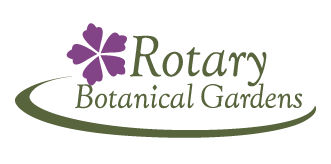
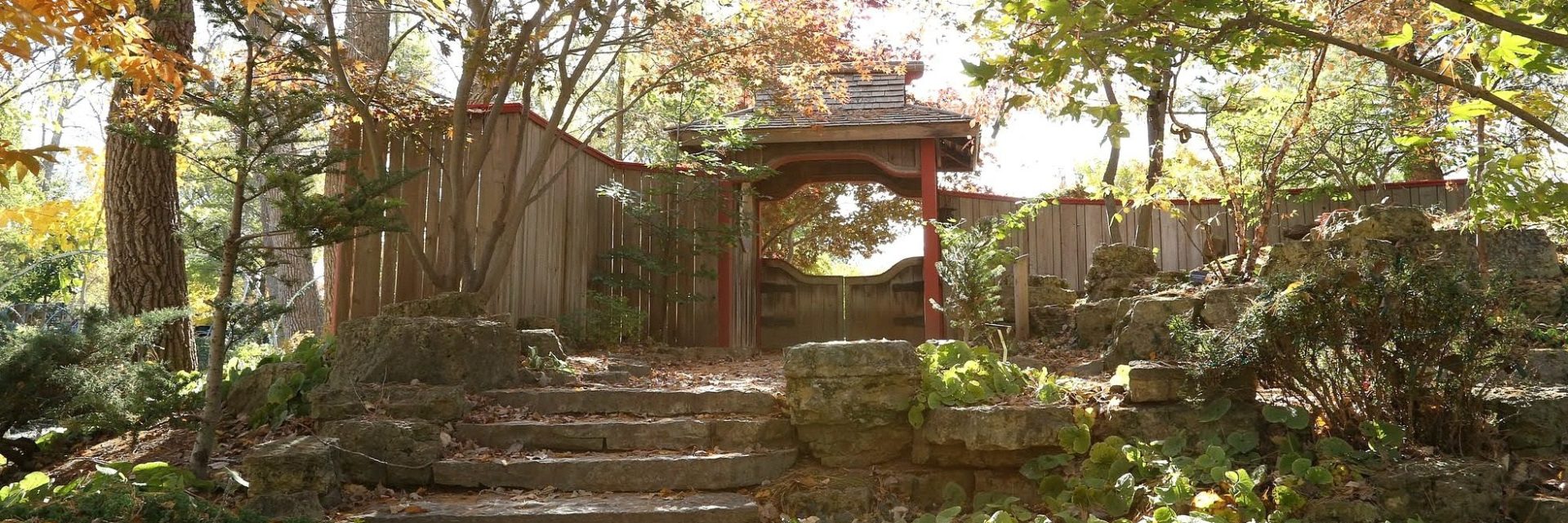
.jpg.JPG)
.jpg.JPG)
b.jpg.JPG)
.jpg.JPG)
.jpg.JPG)
.jpg.JPG)
.jpg.JPG)

.jpg.JPG)
.jpg.JPG)
.jpg)
.jpg)
.jpg)
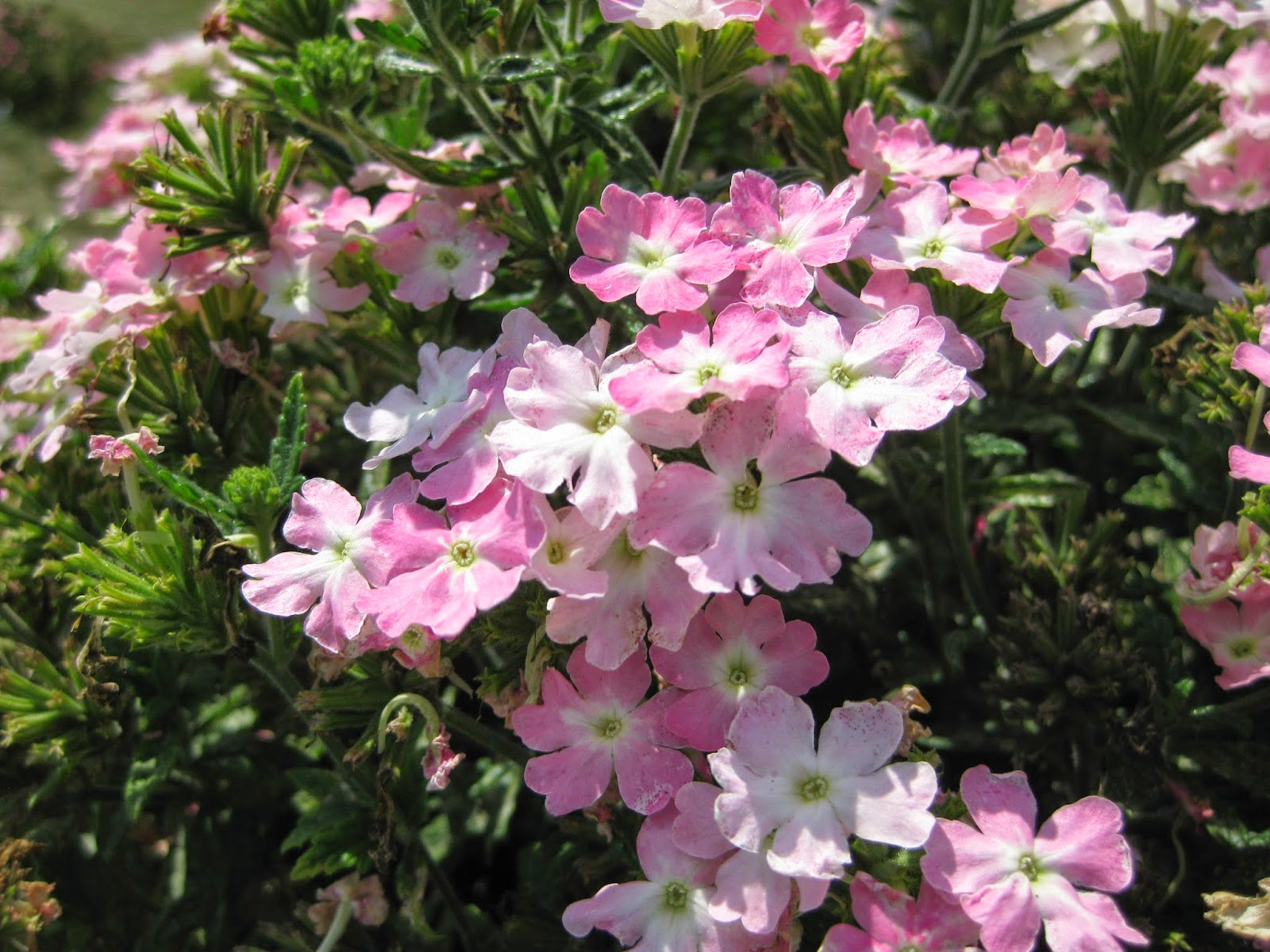







.jpg.JPG)

.jpg.JPG)
b.jpg)




















%2B(1).jpg)
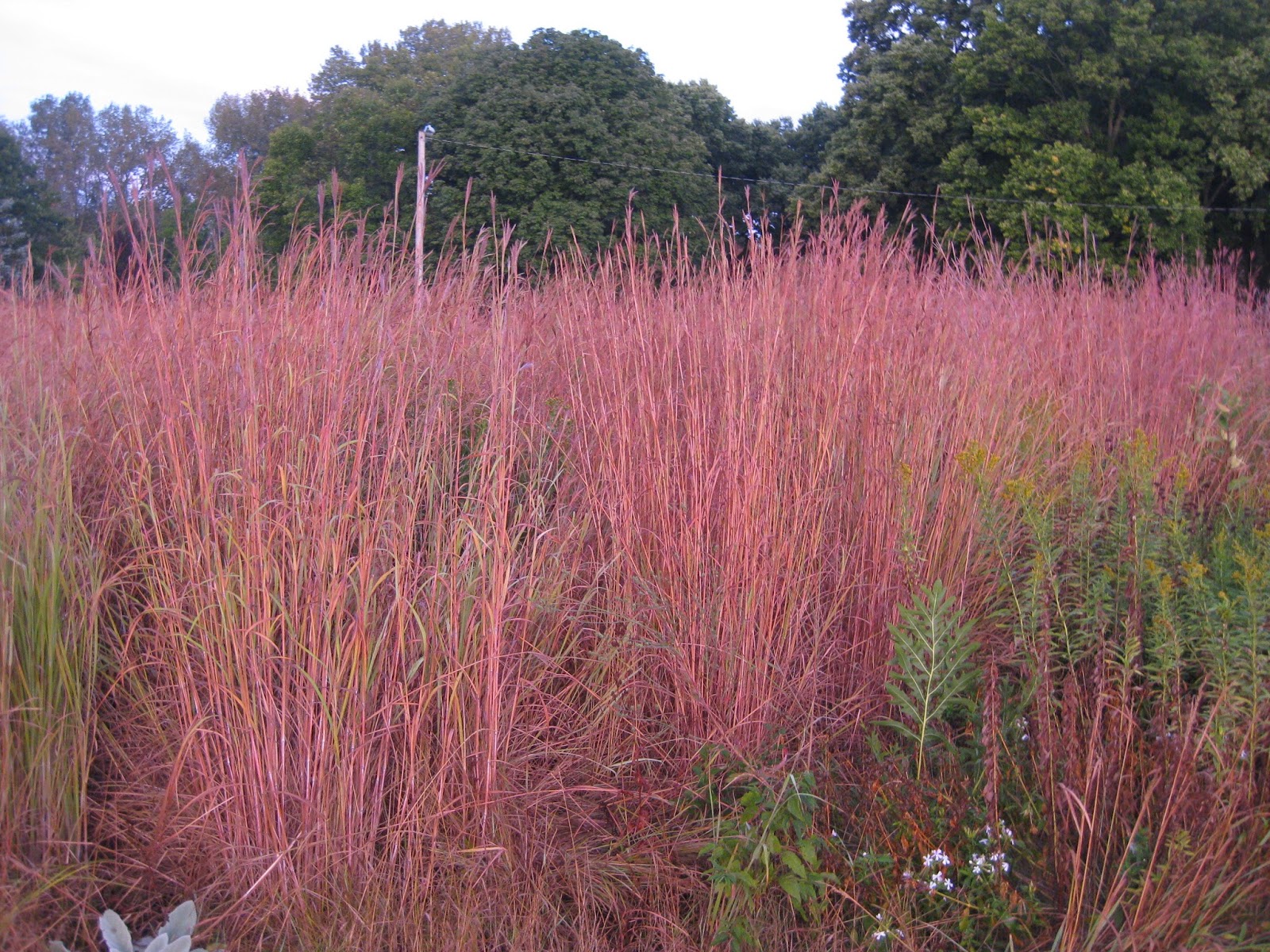



.jpg)
.jpg)
.jpg)



.jpg)
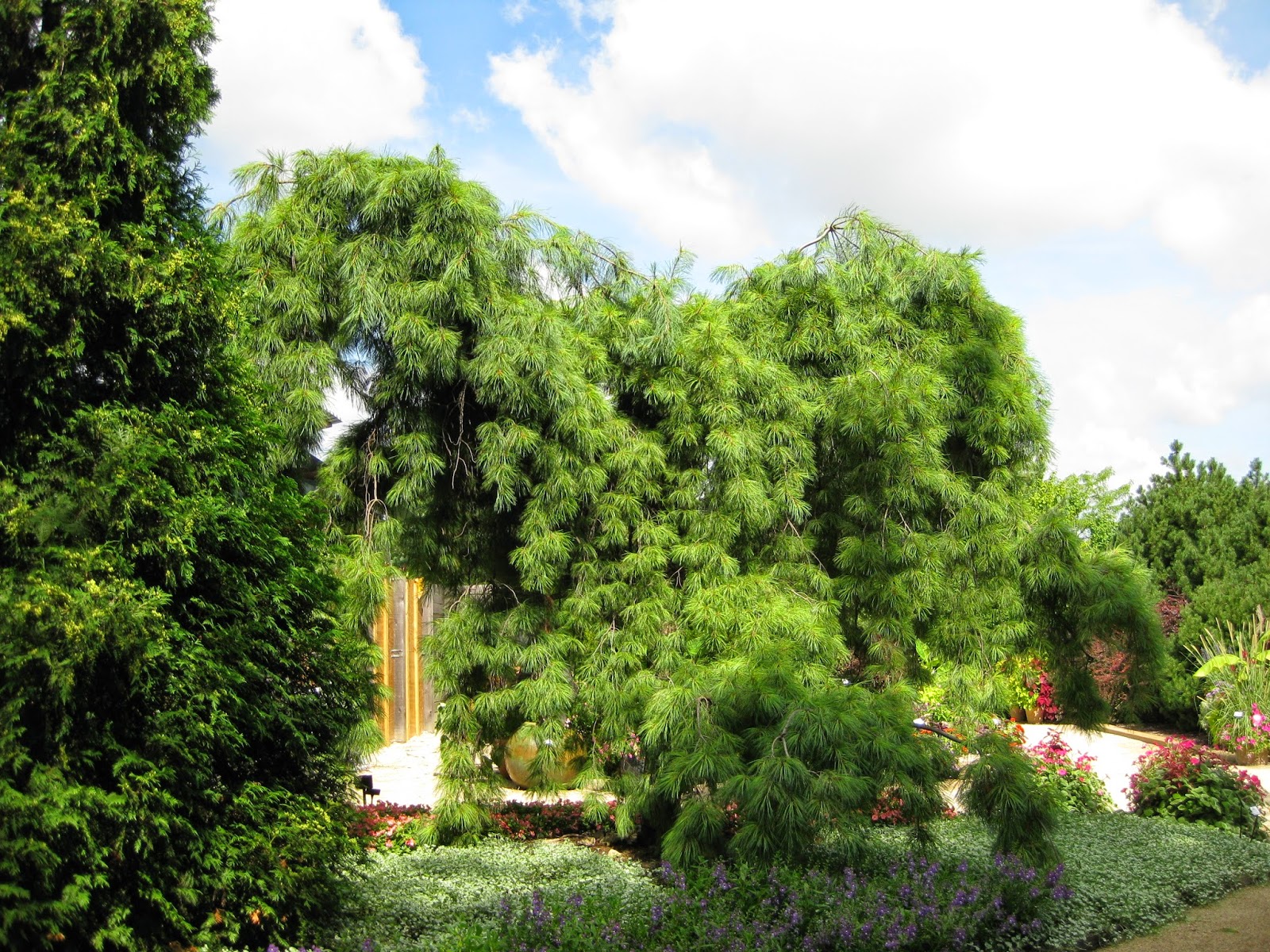

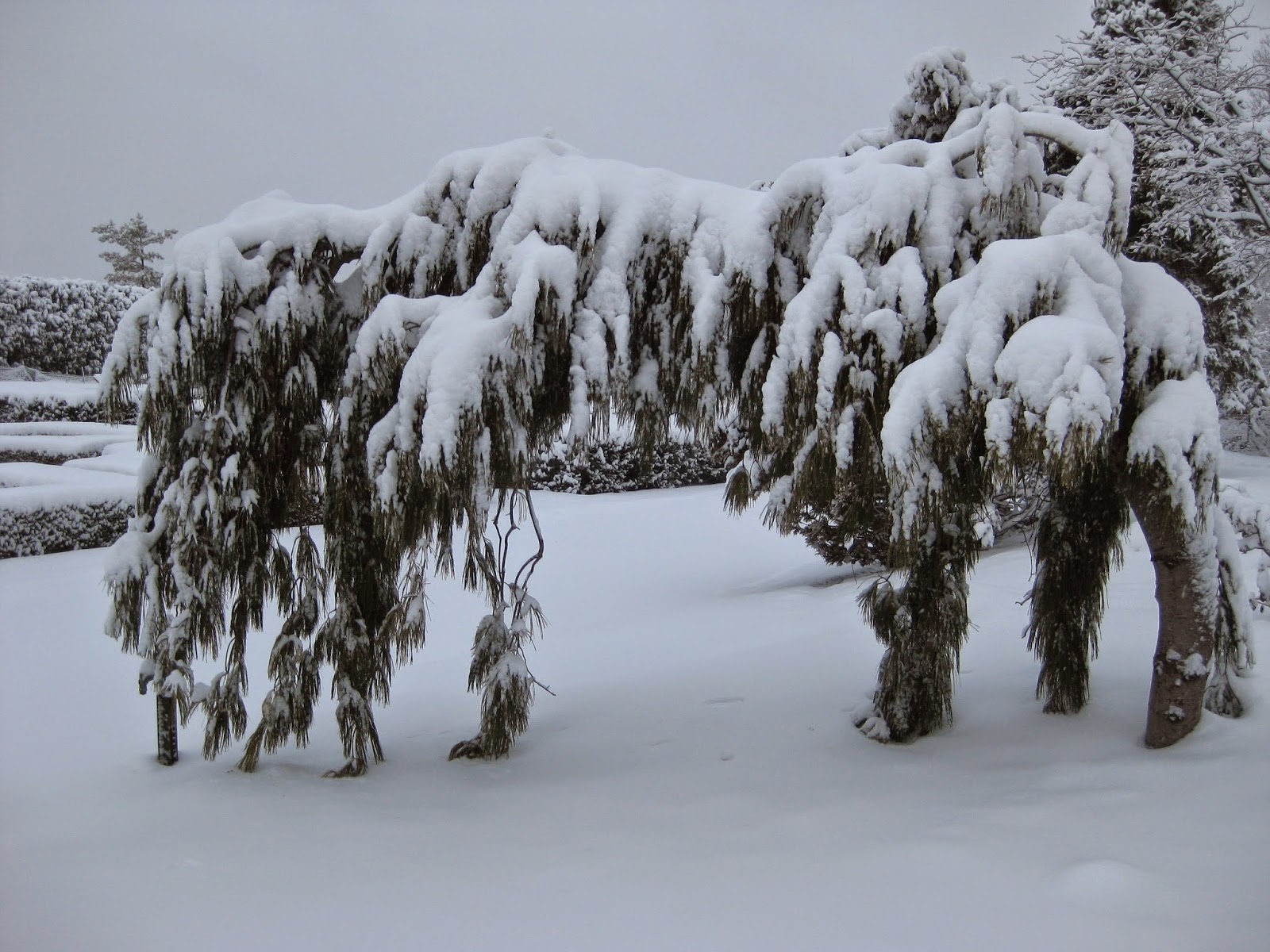
b.jpg)

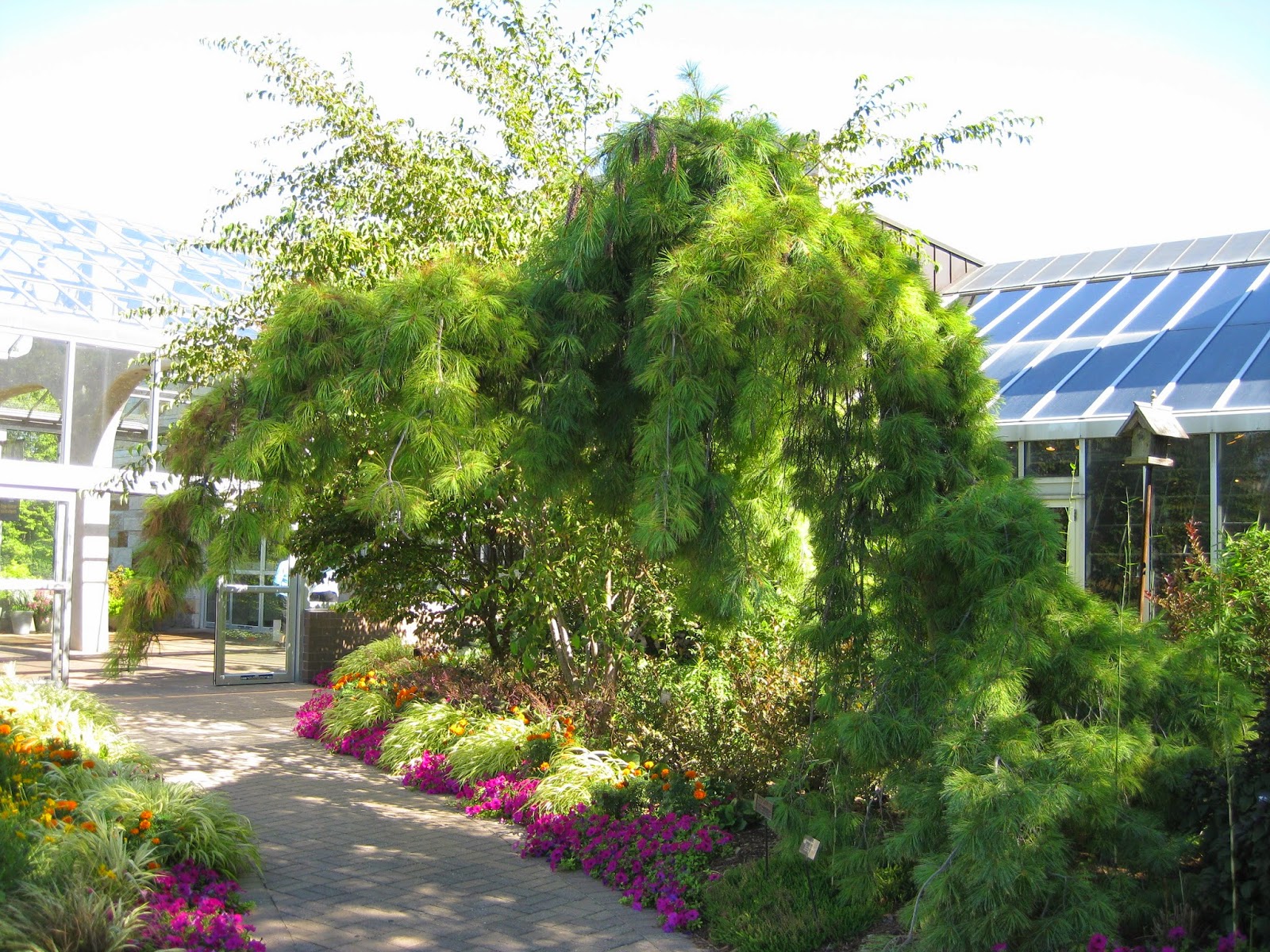
.jpg.JPG)
.jpg)